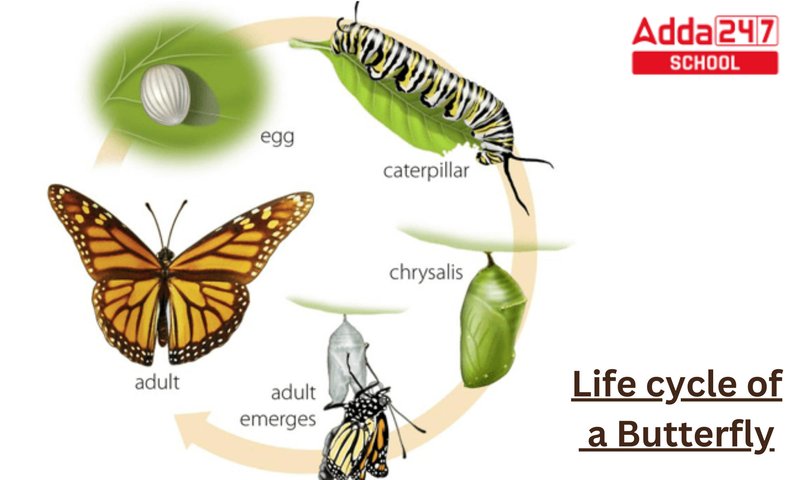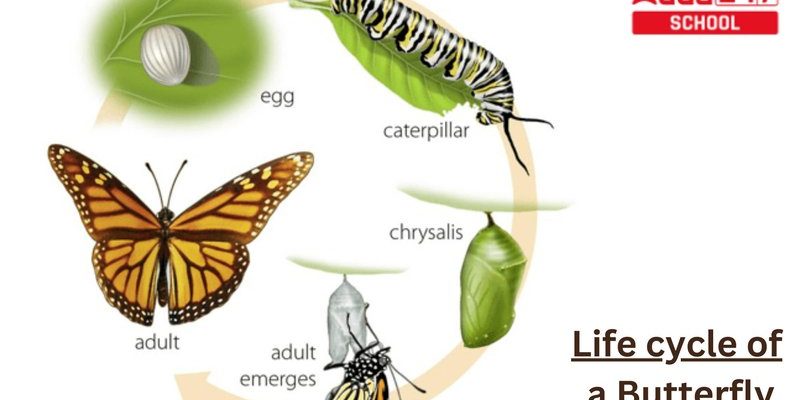
Let’s focus on the paper wasp, a common type found in gardens and areas with plenty of plants. The name “paper wasp” comes from the unique way these insects construct their nests, which look like intricate pieces of art made from chewed-up wood fibers mixed with their saliva. This lifecycle of a paper wasp can teach us a lot about resilience, teamwork, and the delicate balance of nature. So, grab a cup of coffee, and let’s explore the fascinating stages of a paper wasp’s life.
Egg Stage: The Beginning of Life
The lifecycle of a paper wasp begins with the egg stage. After a queen finds the right spot to create a nest, she lays her eggs inside it. Each egg is about the size of a pinhead and is carefully placed in a small cell within the nest. Depending on the species, a queen can lay up to 20 eggs in a day. It’s like she’s on a mission to start her own little community!
Once the eggs are laid, they take about 3 to 7 days to hatch. During this time, the queen takes care of the nest, ensuring it’s safe from predators. She might even fetch food to sustain herself while guarding her future brood. Imagine being a queen for a day—busy but always keeping an eye out for what’s next!
Lava Stage: Growth Under the Surface
After the eggs hatch, the paper wasps enter the larva stage. This is where they’re not much to look at—think of little white grubs without legs or wings. But don’t let their appearance fool you! The larvae are eating machines. The queen or other worker wasps feed them small bits of insects, like caterpillars or spiders, mixed with a bit of their saliva.
This diet is crucial for their growth, allowing them to pack on nutrients. Over about 2 to 3 weeks, the larvae grow rapidly, and you can see the changes happening in their cells. It’s like watching a time-lapse video of a plant growing! As they develop, they start to spin silk cocoons, preparing for their next big transformation.
Pupa Stage: The Magical Transformation
Once the larvae are ready, it’s time for the pupa stage. They seal themselves inside their silk cocoons, and this is where the real magic happens. For several days—usually about a week—the larvae undergo a transformation known as metamorphosis. Inside the pupa, their bodies are literally breaking down and reorganizing to form the adult wasp.
You could think of this stage as a nature’s version of a superhero’s transformation. Just like how a caterpillar turns into a butterfly, the paper wasp changes from a soft, squishy larva into a fully formed adult. It’s an incredible process, showcasing the wonders of nature.
Adult Stage: Life as a Paper Wasp
After a week or so in the pupa stage, the adult paper wasp finally emerges. At first, their wings are crumpled and need time to expand and harden. Once they’re ready, these adult wasps begin their new lives, taking on various roles in the colony. The queen has the important job of laying more eggs, while the workers focus on building the nest, gathering food, and caring for the young.
Here’s the thing: adult paper wasps are social insects. They thrive in colonies, working together to ensure their survival. You might see them buzzing around flowers, collecting nectar and pollen, which is essential for feeding their young and maintaining the nest. It’s a busy life, but they play a significant role in pollination, similar to bees!
The Role of the Queen in the Lifecycle
In every paper wasp colony, the queen is the central figure. She’s the one who lays all the eggs and is essential for the colony’s existence. Initially, the colony starts with just her, but as the summer progresses, more workers hatch from the eggs she lays. This structure allows the colony to expand and thrive, especially when the weather is warm.
The queen has a distinct role, but it’s important to note that her influence fades as the season changes. By late summer or early fall, her primary focus shifts from nurturing the current brood to laying fertilized eggs that will become future queens. After an eventful summer, it’s like she’s setting the stage for the next generation, ensuring the cycle continues.
Challenges Faced Throughout the Lifecycle
While the lifecycle of a paper wasp is intriguing, it’s not without its challenges. Predators like birds, spiders, and even other insects threaten their survival at every stage. For young larvae and pupae, being hidden inside the nest provides some protection, but it’s not foolproof. Environment factors, like extreme weather or habitat loss, can also impact their life cycles.
Queens face their own set of challenges too. She must find a safe place to establish her colony and ensure her young are adequately cared for. If conditions are harsh, it might lead to colony failure, showing just how interconnected and fragile these lives are.
The Importance of Paper Wasps in Ecosystems
Despite their sometimes fearsome reputations, paper wasps play vital roles in ecosystems. They help control pest populations by preying on insects like caterpillars and spiders, acting like nature’s little pest control agents. Additionally, their role in pollination shouldn’t be overlooked. While they’re not as famous as bees, they help in transferring pollen from flower to flower, contributing to plant health and diversity.
Understanding the lifecycle of a paper wasp shows us how integral these creatures are in maintaining balance in nature. They may not be everyone’s favorite insects, but their contributions are significant and worth appreciating.
In closing, the journey from egg to adult in a paper wasp’s lifecycle is a captivating story of transformation, teamwork, and resilience. So next time you see one buzzing around, remember it’s not just a pesky insect but a complex creature with its own life story. Embracing this understanding helps us appreciate the intricate connections in our environment. If you find paper wasps around, perhaps give them a little space and let them do their thing. After all, they’re just living their lives, much like we do!

